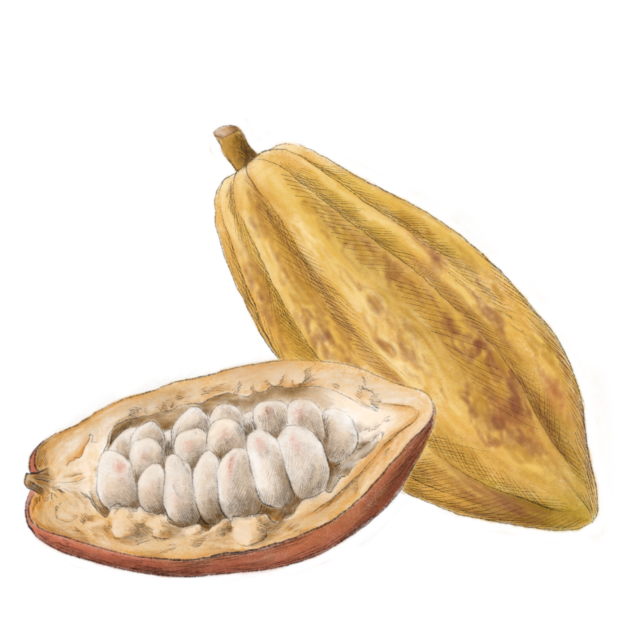Coffee

Latin name: Coffea arabica, C. canephora (syn. C. robusta)
Other names: java, joe, brew
Uses: beverage, stimulant
What is coffee?
Coffee refers to both the “bean” (technically the seeds from a berry, but sometimes called a cherry) and the beverage brewed from the roasted and ground bean. As the old ad tagline suggests, for many folks it’s the best part of waking up — and as humor coffee mugs suggest, some people can’t function without it. Whether or not you can be spoken to before you’ve had your coffee, the beverage is enjoyed around the world.
Why is coffee healthy?
The caffeine in coffee is a stimulant, helping you wake up in the morning or giving you an afternoon pick-me-up. Though caffeine is metabolized differently based on genetics. Too much coffee for some can have negative health effects on adrenal glands and stress response, negatively impacting sleep.
Coffee beans are rich in antioxidants such as hydrocinnamic acid and polyphenols. Many observational studies have also linked regular coffee intake to lower risk of type 2 diabetes, liver cirrhosis, and reduced Alzheimer’s and Parkinson’s disease.
Coffee can also help perk up your skin after sun exposure, which is why it’s sometimes added to facial moisturizers and eye creams (though medical grade doses are required for these products to do any good).
Bottom line, for most people coffee (when consumed in moderation without excess cream and sugar) can provide some health benefits through its high dose of antioxidants but for others it is best to minimize its intake.
What does coffee taste like?
There are over 800 aromatic compounds responsible for the flavor of coffee, with more being discovered every day. Depending on the type of bean, the roast, and the preparation method, coffee can taste bitter and acidic, light and fruity, burnt-chocolatey, smoky, nutty, or even caramelly. Though once brewed, coffee that has been sitting around can take on the aroma of moldy newspapers.
How do I prepare coffee?
Once you’ve ground the beans, you have several options — a coarser grind is best for French press method of brewing, and a finer grind is used for espresso. You can brew coffee with an electric coffee maker, a percolator, or by pouring hot water over the ground coffee. In many parts of North Africa, people drink coffee unfiltered, leaving the sludge behind in the cup. The beverage can be served hot or cold. And although plenty of people drink it black, others temper the bitterness with sugar and/or milk, cream, half and half, or a plant-based milk.
What does coffee pair well with?
Owing to its rich and toasty aroma (thanks, Maillard reaction!) coffee pairs well with so many other flavors. It’s sublime with oranges and anise and with warm spices like cinnamon, cardamom, and nutmeg. Coffee loves nuts like almond and hazelnut, and of course it’s wonderful with chocolate and vanilla. Beloved as a pairing for pastries of any stripe, coffee also adds depth and dimension to dried fruits (especially figs and prunes) and savory sauces like mole and barbecue sauce.
Where does coffee grow?
Coffee grows on large bushes or small trees that originated in the tropical regions of southern Africa and Asia (hence coffee’s nickname java), but now it’s grown from seed throughout the tropical regions of Central and South America, the Caribbean, and other humid portions of Africa. There are about 120 species of Coffea but the two most widely cultivated are grown for their flavor and caffeine content.
How to buy coffee:
Buy coffee beans whole and grind them fresh if you can. Freshly ground beans produce a superior cup of coffee. Select whichever roast you prefer, and then store it in an airtight container at room temperature, away from heat and direct sunlight. You’ll usually see it pre-roasted, but feel free to try your hand at roasting coffee at home.
Fun coffee fact:
The old legend of how coffee was discovered by humans tells of a goatherder in 9th-century Ethiopia who observed his goats acting goofy after chomping the plant, but there’s no evidence to support it. However, the Oromo people of central Ethiopia are the first to cultivate the plant, and planted coffee trees on the graves of powerful sorcerers.


